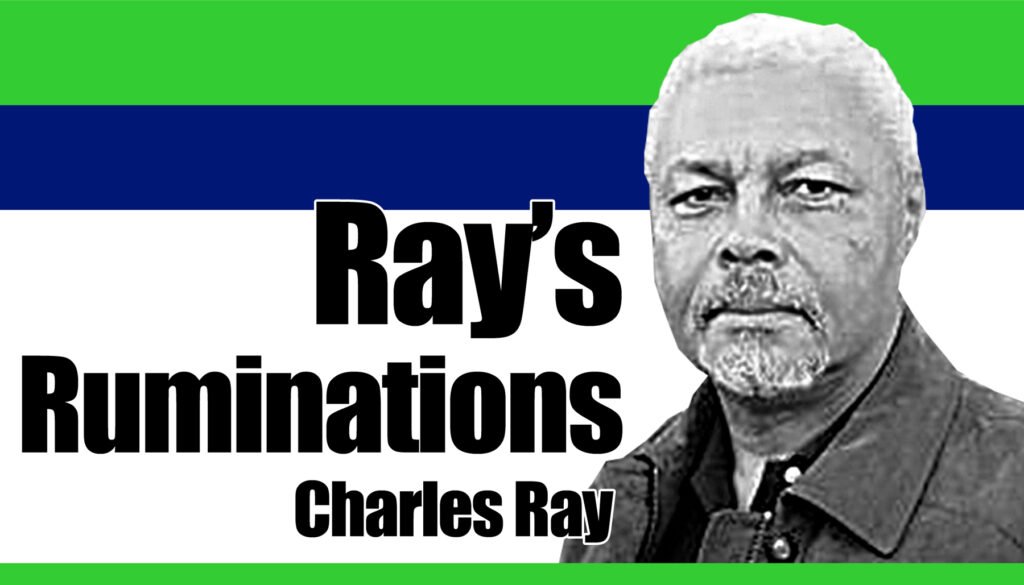
After disastrous flash floods in Central Texas killed hundreds, a conspiracy theory started that the floods were caused by cloud-seeding operations, and had such an attraction that a member of the U.S. Congress introduced legislation making cloud seeding illegal.
It wasn’t long after Neil Armstrong and Buzz Aldrin, two American astronauts, landed on the moon on July 20, 1969, that a theory began circulating that the landing was faked and that the scenes of the two men walking on the moon were filmed on a studio lot in Hollywood. That wacky theory still crops up from time to time, showing just how enduring such stories can be.
Conspiracy theories, usually stories blaming secret groups for significant events, often arise after shocking or noteworthy incidents. Individuals or groups, seeking control or fame, spread them, and they’re not a twentieth-century phenomenon.
In ancient Rome, people blamed Christians for natural disasters, making Rome the source of one of history’s oldest conspiracies. Modern examples include QAnon, vaccine microchips, and the story that the 9/11 terror attacks were an inside job. All of these theories, from Rome to the present day, are fueled by mistrust and fear.
The danger of conspiracy theories is not only their capacity to mislead individuals but also their ability to erode public trust, sow division, and undermine the very foundations of civilized societies. When a conspiracy theory takes hold, it inspires needless fear, scapegoating, and sometimes even violence. Policy decisions, like the proposed legislation on cloud seeding, can be shaped by rumor rather than reason, diverting resources and attention from real issues.
Why do such theories persist, even in so-called technologically and culturally advanced societies, and why do even otherwise intelligent people seem to fall under their spell? Part of the answer is psychological. Humans are hardwired to seek patterns and explanations, especially after traumatic or inexplicable events.
Conspiracy theories offer a sense of order in chaos, attributing complex events to deliberate design rather than random misfortune. They can be comforting, giving those who believe them a sense of control, or of belonging to an enlightened group with ‘hidden knowledge,’ while the rest of the world remains in darkness.
Additionally, social media and the Internet amplify these stories, making them more accessible and persuasive, and creating echo chambers that can reinforce preexisting doubts and beliefs. Even critical thinkers might find themselves swayed when trusted friends and seemingly credible sources echo the same story. Ultimately, escaping the allure of conspiracy theories requires more than mere facts. It also requires empathy and an understanding of the deep-seated human needs they fulfill.
Even with that, though, as history shows, conspiracy theories will always be with us. | NWI




